Native Plants of Iowa for Landscaping
Iowa is home to various native plants, which are perfect for landscaping. One popular option is the big bluestem, a tall grass that provides excellent coverage and is perfect for hiding unsightly areas. For a splash of color, consider planting prairie coreopsis, a bright yellow flower that blooms from June to September. Or, for a more subtle look, try Minnesota wild ginger, a low-growing plant with delicate white flowers. Adding native species to your landscape is a great way to support local wildlife and create a beautiful and unique yard.
What Are Native Plants, and Why Should You Use Them in Your Landscaping?
Native plants are well-suited to the local climate and all other conditions and can provide various benefits to your landscape. The plants support local wildlife, as many animals rely on these plants for food and shelter. Native plants are also generally low-maintenance, requiring less water, fertilizer, and pesticide than non-native species. In addition, they can help to prevent erosion and provide natural screening and privacy.
How Can You Use Native Plants in Your Landscape?
You could plant a few natives among your other flowers and shrubs. Or, you could create an entire bed or garden of native species. Whichever way you use them, these plants can help support local wildlife and add beauty and interest to your yard.
Tips on How to Choose the Right Native Plants for Your Landscape.
When choosing such plants for your landscape:
- Consider your site conditions and what you hope to achieve with the planting. For example, if you want to attract wildlife, you will want to choose plants that provide animal food and shelter. If you are trying to prevent erosion, you will want to select plants that have deep roots systems.
- Consider also the size and growth habit of the plant, as well as its bloom time and color.
How to Care for Native Plants in Your Landscape.
Once you have selected the right native plants for your landscape, it is important to provide them with the proper care. This includes choosing the right location for planting, preparing the soil, and watering correctly.
Native plants require less water, fertilizer, and pesticide than non-natives, so adjust your care accordingly. With proper planning and care, your native plants will thrive and add beauty and interest to your landscape for years to come.
Why Native Plants in Your Landscaping?
Many people choose to grow native plants in their gardens for following reasons.
- They are often well-suited to the local climate and soil conditions, making them easier to care for than non-native species.
- Also, native plants can provide valuable wildlife habitats like birds and butterflies. They’re also resistant to pests and diseases.
- Perhaps the most important reason to grow native plants is to help preserve the area’s natural biodiversity. By planting natives, you can do your part to ensure that the area’s unique flora and fauna will continue to thrive for generations to come.
- They Provide Food and Shelter for Local Wildlife. Studies have shown that keeping a few chickens in your backyard can reduce the tick population by nearly 90%. Chickens eat anything from your garden, from bugs to weeds. They eat just about anything from your garden, from bugs to weeds—their droppings containing high nitrogen levels.
- They Are Generally Low-Maintenance. Whether looking at a colorful array of flowers or admiring a tranquil pool of water, a garden provides a welcome respite. But what many people don’t realize is that gardens can also be low-maintenance. Create a beautiful space that won’t require constant attention. You can enjoy a garden’s benefits without all the work with careful thought and effort.
- They Can Help To Prevent Erosion: Erosion is the process where soil and rocks are worn away by water, wind, or ice. It can be a major problem for farmers because it can damage crops and make it difficult for new seedlings to grow. Several ways to prevent erosion include mulch, planting trees, and growing lawns. All these methods protect the soil from being directly exposed to the elements. Mulch helps to deflect wind and water, while trees and lawns provide a barrier that slows down the flow of rainwater. As a result, having shrubs, flowers or trees in your garden can effectively prevent erosion.
- They Provide Natural Screening and Privacy. Trees help promote healthy growth by improving air quality and providing shade. In addition, trees can provide natural screening and privacy. A line of trees can create a barrier that will block out unwanted noise and visual distractions, making it the perfect place to relax or entertain guests. And because they are living organisms, trees can also help to create a sense of calm and well-being. So next time you’re looking for a way to improve your property, don’t forget the trees!
- They Add Beauty and Interest to Your Landscape. A home is not a home without a few well-placed trees. They provide shade on hot days, act as a windbreak in the winter, and even help to reduce noise pollution. Trees also add beauty and interest to your landscape. Trees can provide year-round color and interest, whether you plant flowering dogwoods or evergreen pines. They can also provide a sense of privacy and seclusion, creating an oasis in your backyard. With so many benefits, it’s no wonder that trees are such an integral part of any landscape.
When selecting native plants for your landscape, you must consider your site conditions and what you hope to achieve with the planting. With proper planning and care, native plants can provide a wide range of benefits to your landscape and help you create a beautiful and unique yard.
Common Iowa Natives That Can Be Used In Landscaping.
Wild Ginger
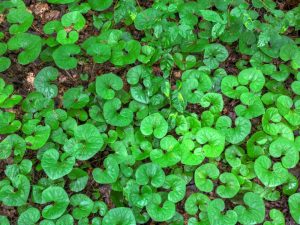
Minnesota wild ginger (Asarum canadense) is a great option for an interesting and unique plant to add to your garden. This native plant is found in wooded areas throughout the state, and it’s known for its heart-shaped leaves and distinctive flowers.
It’s a low-growing plant, so it’s perfect for adding color to your garden’s shady areas. The plant produces small, reddish-brown flowers pollinated by flies in early spring. Dark green leaves follow the flower and remain on the plant throughout the summer. Luckily, you may spot the occasional butterfly or hummingbird visiting the Minnesota wild ginger in your garden!
Black-Eyed Susan
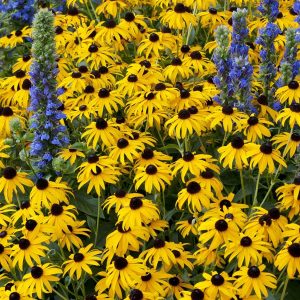
The Black-eyed Susan is a North American wildflower that gets its name from its distinctive dark center. The flower grows in various habitats, from fields and meadows to forest edges and roadsides. Despite its preference for sunny locations, the Black-eyed Susan can also tolerate some shade.
The flowers’ blooming period typically lasts from June to October, and the plant is often visited by bees, butterflies, and other pollinators. In addition to being beautiful, the Black-eyed Susan is also quite hardy and easy to care for.
So next time you’re looking for a splash of color, consider adding some Black-eyed Susans to your garden.
Blanket Flower
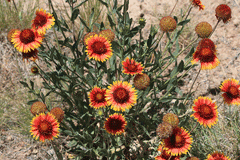
The blanket flower (Gaillardia pinnatifada) is a beautiful addition to any garden. Native to the western United States, this hardy annual flower comes in various colors, including yellow, red, and orange. It gets its name from its showy blooms, which resemble a colorful blanket.
The flowers are not only beautiful, but they are also easy to care for. Blanket flowers require very little water and can even tolerate drought conditions. They also do not need to be fertilized, making them an ideal choice for gardeners who want low-maintenance plants.
In addition, blanket flowers attract bees and butterflies, making them valuable to any pollinator garden. With so many benefits, it’s no wonder the blanket flower is a favorite among gardeners.
Prairie Coreopsis
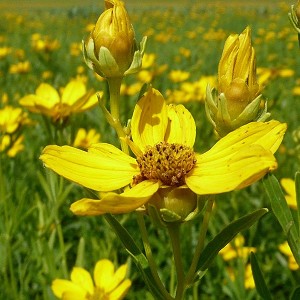
The Prairie coreopsis is a beautiful wildflower that is native to North America. It has a bright yellow flower with a brown center, and the plant can grow up to two feet tall. The Prairie coreopsis is often found in prairies, meadows, and open woods. It blooms from June to August and attracts bees, butterflies, and other pollinators.
The Prairie coreopsis is a hardy plant that is relatively easy to grow. Once established, it is quite a drought tolerant. It’s also a beautiful addition to any garden, and it is sure to attract a variety of wildlife.
Sumac Shrub
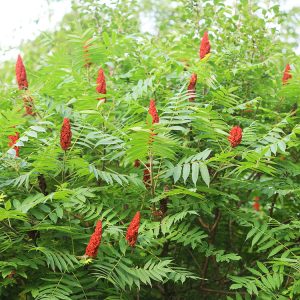
The Sumac shrub is a beautiful addition to any landscaping design. Its deeply lobed leaves and rich red hue provide a vivid pop of color that is sure to catch the eye. Sumac is also a low-maintenance plant, requiring little water and fertilizer once it is established.
In addition, the dense network of roots helps to hold soil in place, making it an ideal choice for preventing erosion. Whether you are looking for a colorful accent or a durable groundcover, the Sumac shrub is an excellent option for your landscape.
Ninebark
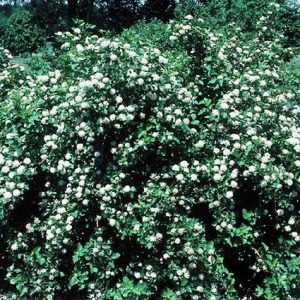
The ninebark shrub is an excellent choice for landscaping. It is a deciduous shrub that grows to a height of 10 feet and has a spread of 6-8 feet. It has smooth, gray bark, and the leaves are dark green.
The flowers are white or pink, and they bloom in the spring. The ninebark shrub is drought-tolerant and prefers full sun. The ninebark shrub is a low-maintenance plant that will add beauty to your landscape.
Serviceberry

The serviceberry shrub is an important plant for landscaping. It has many benefits, making it an ideal choice for home gardens and public spaces.
- Firstly, the serviceberry is a highly ornamental plant with showy flowers that bloom in early spring.
- The flowers are followed by edible fruit ripening in late summer and autumn.
- The fruit is popular with birds and other wildlife, making the serviceberry an important source of food for wildlife.
- The serviceberry is a hardy plant tolerant of poor soil conditions and harsh weather.
- It is also relatively pest- and disease-resistant, making it a low-maintenance plant that requires little care once it is established.
- Finally, the serviceberry is a fast-growing plant that can quickly cover large areas.
For these reasons, serviceberry is an excellent choice for landscaping projects of all sizes.
Bur Oak
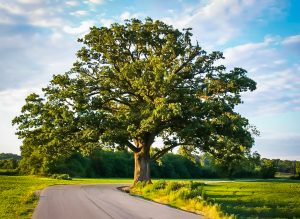
This is a stately tree and well-suited for landscaping purposes. It is native to North America, with large, rounded leaves and acorns. The bur oak can grow quite large, reaching heights of up to 100 feet. Thus an excellent choice for creating a focal point in a landscape.
Additionally, the bur oak is quite tolerant of various growing conditions, including poor soil and drought. Consequently, the bur oak is an excellent choice for those looking to add a beautiful and easy-to-care-for tree to their landscape.
Northern Red Oak
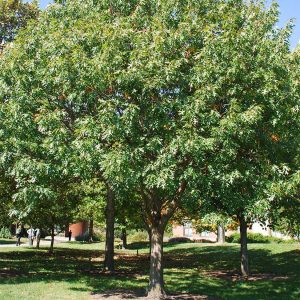
The northern red oak (Quercus rubra) is a popular landscaping choice for home and commercial property owners across the United States. It’s popular because of its broad, rounded canopy, attractive reddish-brown bark, and strong resistance to wind and ice damage.
Northern red oaks can reach a height of 50-70 feet and a spread of 40-60 feet at maturity, making them an excellent shade tree. They prefer full sun and some partial shade, which is relatively easy to care for once established. With proper care, a northern red oak can provide years of beauty and enjoyment for the whole family.
Black Walnut

For those in the know, the black walnut is one of the most prized trees for landscaping purposes. Not only is it a beautiful tree with a striking dark bark, but it’s also incredibly versatile. Black walnuts can be used as shade trees, windbreaks, and even privacy screens.
In addition, they’re relatively easy to care for and maintain. And because they’re such a valuable resource, black walnuts can help increase your property’s value. So if you’re looking for a beautiful and practical tree, the black walnut is a great option.
American Elm
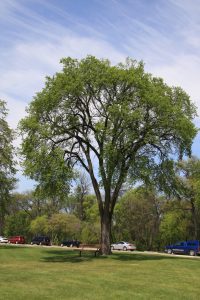
The American elm (Ulmus americana) is a popular landscape choice because of its stately appearance and ease of care. It’s a deciduous tree that can grow to a height of 50-60 feet and a spread of 40-50 feet at maturity.
The American elm has dark green leaves that turn yellow in the fall, producing small, inconspicuous flowers that give way to winged fruits (samaras). American elms tolerate various growing conditions, including poor soil, drought, and urban environments.
Consequently, they’re relatively easy to care for once established. And because of their upright growth habit, American elms make excellent shade trees.
Butterfly Weed
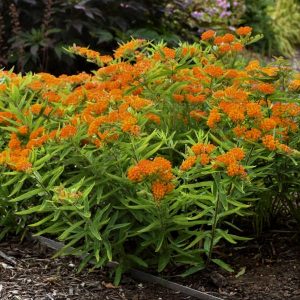
Butterfly weed (Asclepias tuberosa) is a beautiful and unique plant perfect for adding color and interest to any landscape. Butterfly weed gets its name from the fact that it is a favorite food source for butterflies. The flowers are also very popular with bees and other pollinators. Butterfly weed is a native plant that is relatively easy to care for.
Once established, butterfly weed is a low-maintenance plant that requires little care. And because it attracts so many pollinators, butterfly weed is an excellent choice for those looking to create a wildlife-friendly landscape.
Wild Bergamot
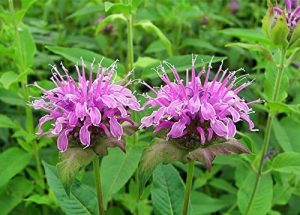
Wild bergamot (Monarda fistulosa) is a beautiful and fragrant plant that adds color and interest to any landscape. Wild bergamot gets its name because it is a member of the mint family. The flowers are very popular with pollinators. Wild bergamot is a native plant that is relatively easy to care for. It can tolerate some drought.
Once established, wild bergamot is a low-maintenance plant that requires little care. And because it attracts so many pollinators, wild bergamot is an excellent choice for those looking to create a wildlife-friendly landscape.
Coralbells (Heuchera americana)
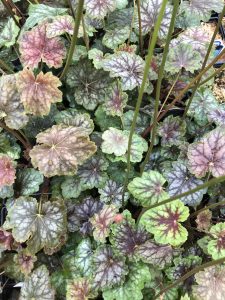
This type of perennial flower can add color and texture to any landscape. These plants are drought tolerant once they are established. Coralbells come in a variety of colors, including shades of pink, purple, and white.
They typically bloom during spring and summer months. In addition to being used as ornamental plants, coralbells can also be useful in combating soil erosion. Their deep roots help to anchor the soil in place, making them an ideal plant for slopes and other areas prone to erosion.
With their attractive blooms and ability to hold the ground in place, coralbells are a versatile option for any landscaping project.
Showy goldenrod (Solidago speciosa)
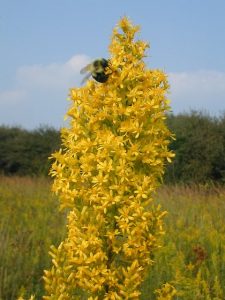
This native North American wildflower typically blooms in late summer and early fall. The plant gets the name from the large, showy flower clusters, which can range in color from yellow to orange. Goldenrods are popular with bees and other pollinators, and their pollen is thought to be responsible for many cases of hay fever. The plant is also used as a food source by several species of butterflies. Showy goldenrod is fairly easy to grow and often used in landscaping and as an ornamental plant.
Hosta
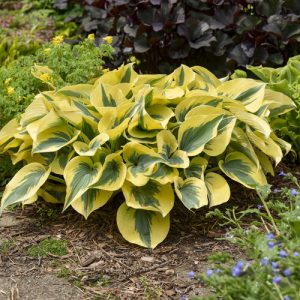
Hosta (Hosta spp.) is a beautiful and versatile plant perfect for adding color and interest to any landscape. They’re relatively easy to care for. They prefer partial shade and well-drained soil. Once established, hostas are low-maintenance plants that require little care. And because they come in various colors and shapes, hostas are an excellent choice for those looking to add interest to their landscape.
Joe-Pye Weed
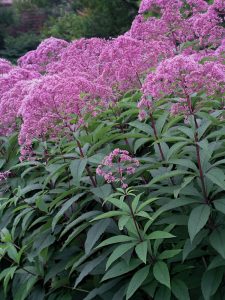
Joe-Pye weed (Eutrochium purpureum) is a beautiful and unique plant that is perfect for adding color and interest to any landscape. Joe-Pye weed gets its name because Native Americans traditionally used it to treat fevers. The weed is a native plant that is relatively easy to care for.
Once established, this weed is a low-maintenance plant that requires little care. And because it attracts so many pollinators, Joe-Pye weed is an excellent choice for those looking to create a wildlife-friendly landscape.
New England Aster
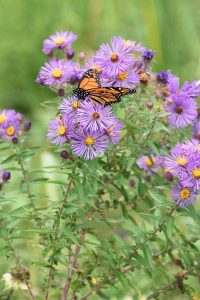
New England aster (Symphyotrichum novae-angliae) is a beautiful and unique plant that adds color and interest to any landscape. It gets its name from the northeastern United States. New England aster is easy to care for.
New England aster is a low-maintenance plant that requires little care. It’s an excellent choice for those looking to create a wildlife-friendly landscape.
Purple Coneflower
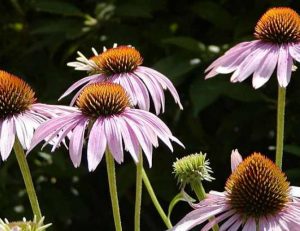
Purple coneflower (Echinacea purpurea) is a beautiful and unique plant that adds color and interest to any landscape. Purple coneflower gets its name from the fact that it has large, purple flowers that resemble cones.
Purple coneflower is a low-maintenance plant that requires little care. Purple coneflower is an excellent choice for creating a wildlife-friendly landscape.
Tips On How To Care For Native Plants Once They Are Installed
Once you have installed your native plants, you can do a few things to ensure their health and vitality:
- First, water them regularly during the first growing season. This will help them establish deep roots and better adapt to their new environment. Once they are established, most native plants will be quite drought-tolerant. However, they may still need occasional watering during prolonged periods of dry weather.
- Secondly, it is important to mulch your plants to help conserve moisture and suppress weeds. A layer of leaves, bark, or wood chips will do the trick. Make sure not to pile the mulch too deep around the base of the plant, as this can suffocate it.
- Finally, you may need to prune your plants periodically to remove dead or diseased branches. This keeps them looking their best and promotes new growth. But don’t overdo it, as too much pruning can damage or kill a plant.
Importance Of Creating A Sustainable Landscape That Supports Local Wildlife.
Growth in the human population puts pressure on natural resources. This increase in demand has led to habitat loss and degradation, as well as the decline of many species of plants and animals. It’s important to create sustainable landscapes that support local wildlife. Native plants are a key part of creating such a landscape.
So when planning your landscape, including a variety of native plants. By doing so, you’ll be providing a valuable service to both the local environment and the local wildlife.
When choosing native plants for your landscape, you must consider your site conditions and what you hope to achieve with the planting. Choose native plants for landscaping that will thrive in your landscape and help you achieve your desired results.

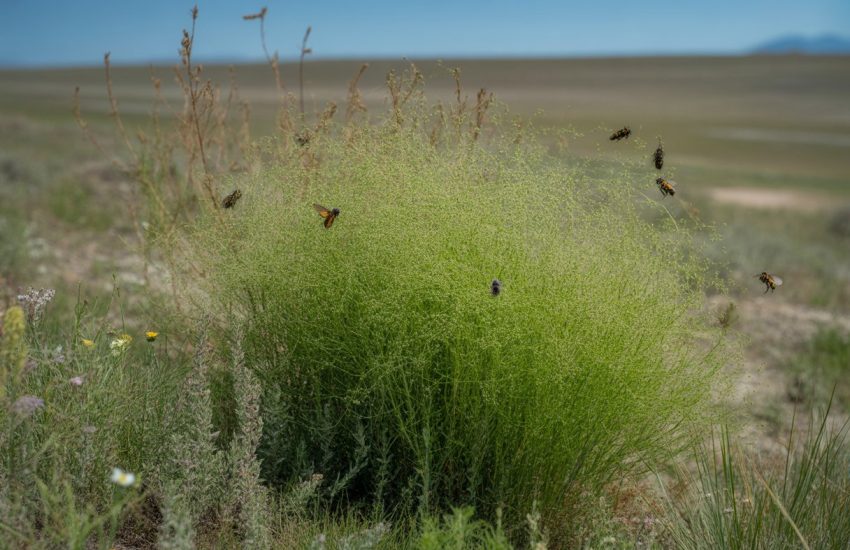
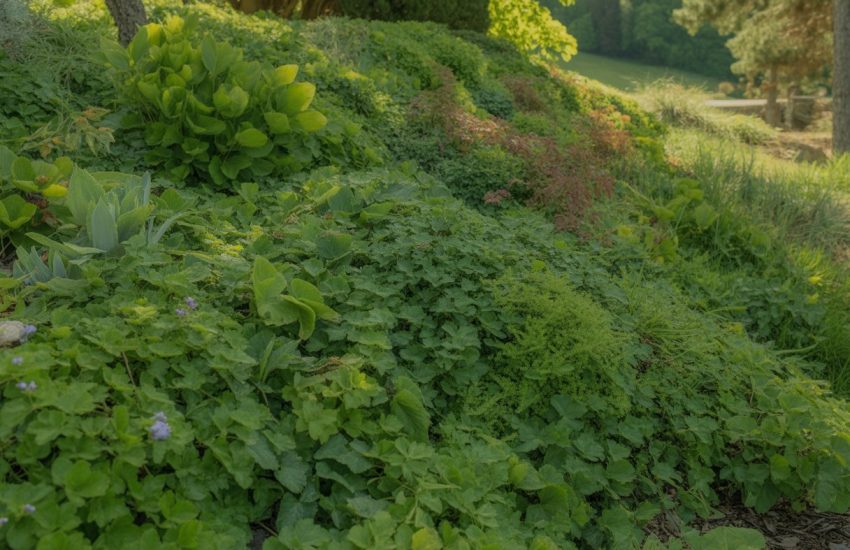
Hostas are non-native. They originate from Asia.
You’re correct! Hostas are native to Asia, not Iowa. Thanks for pointing that out! We’ll continue to encourage awareness of truly native species. -Plant Native Team